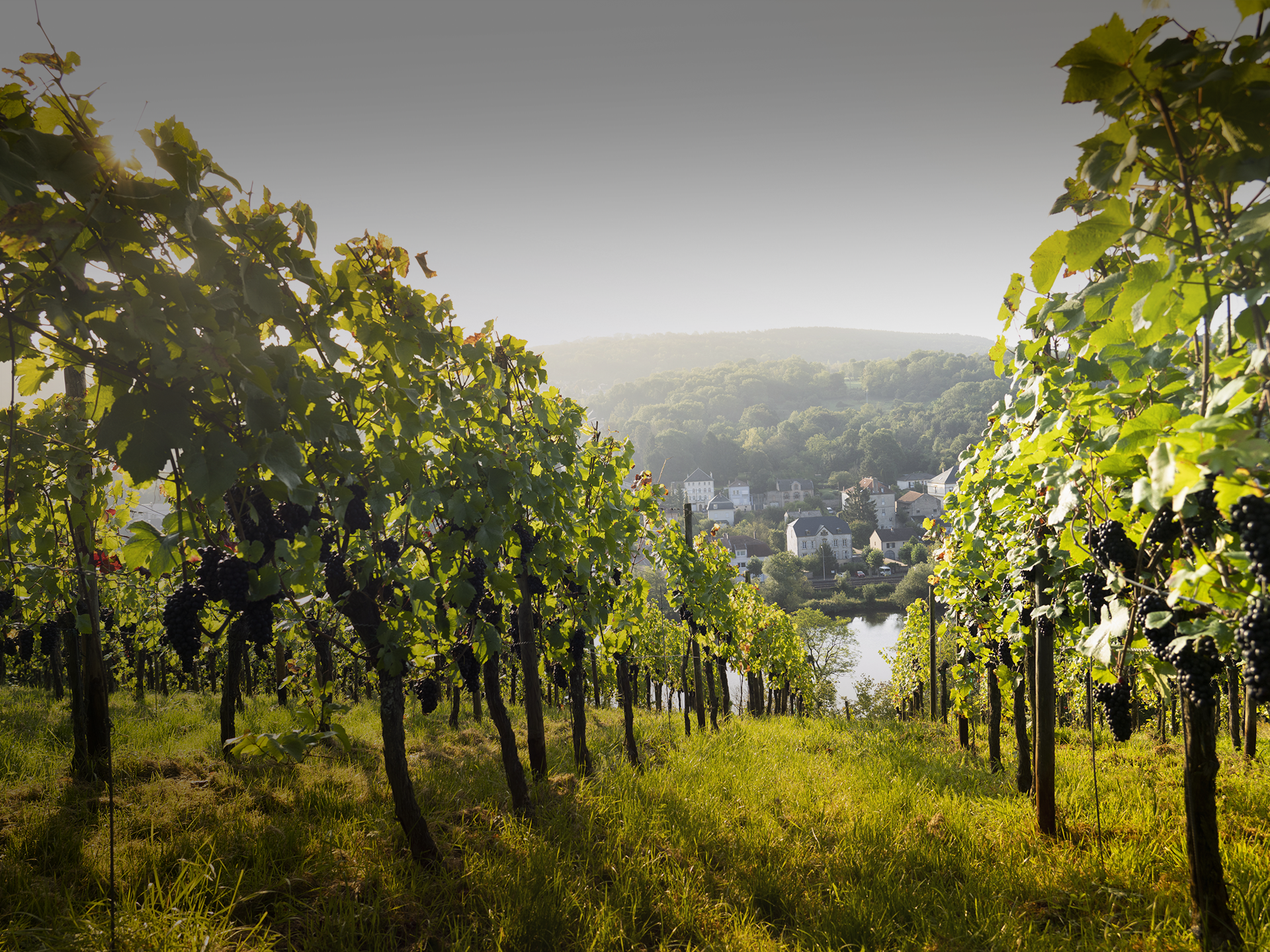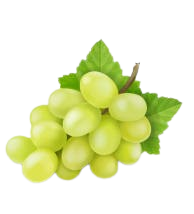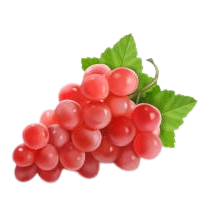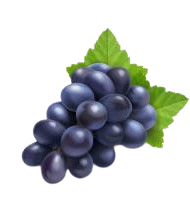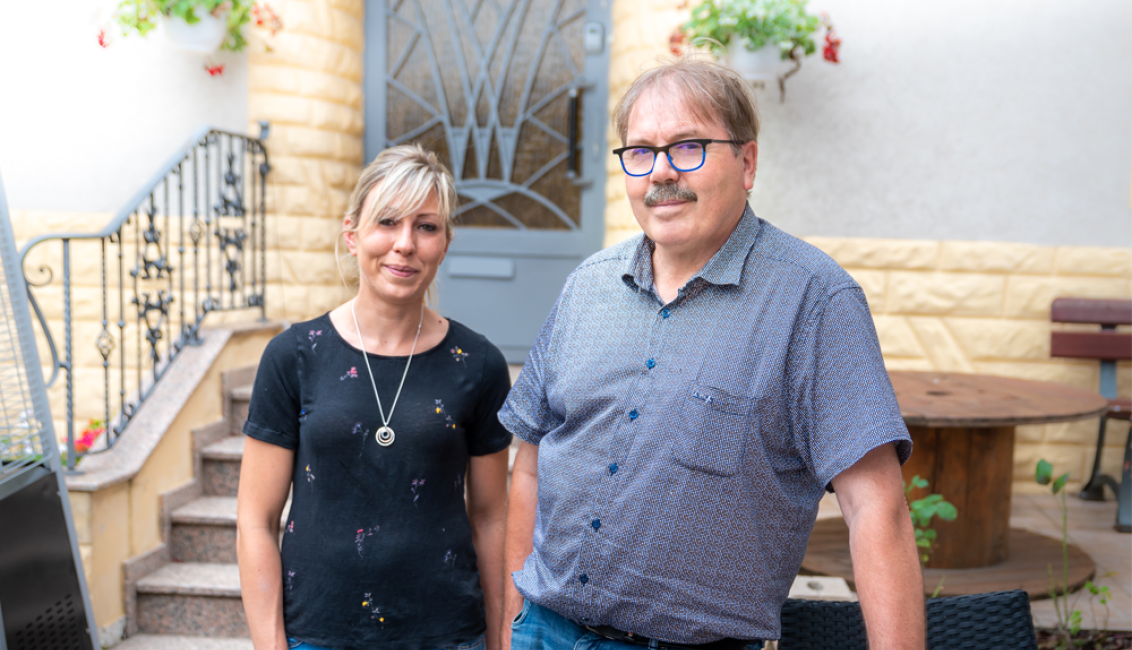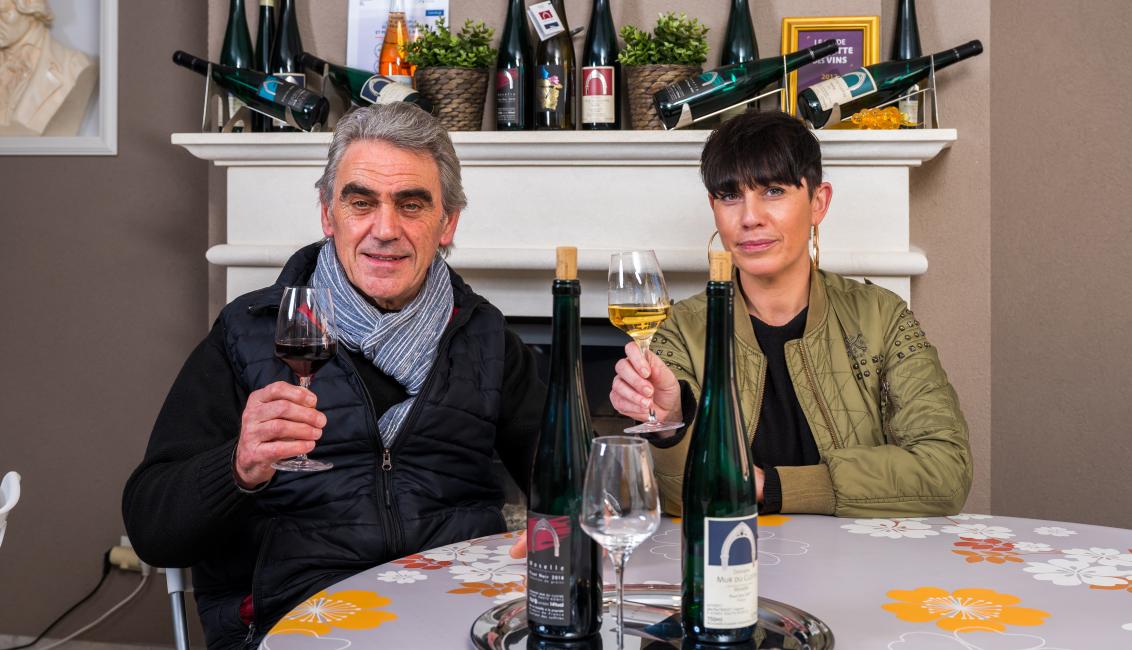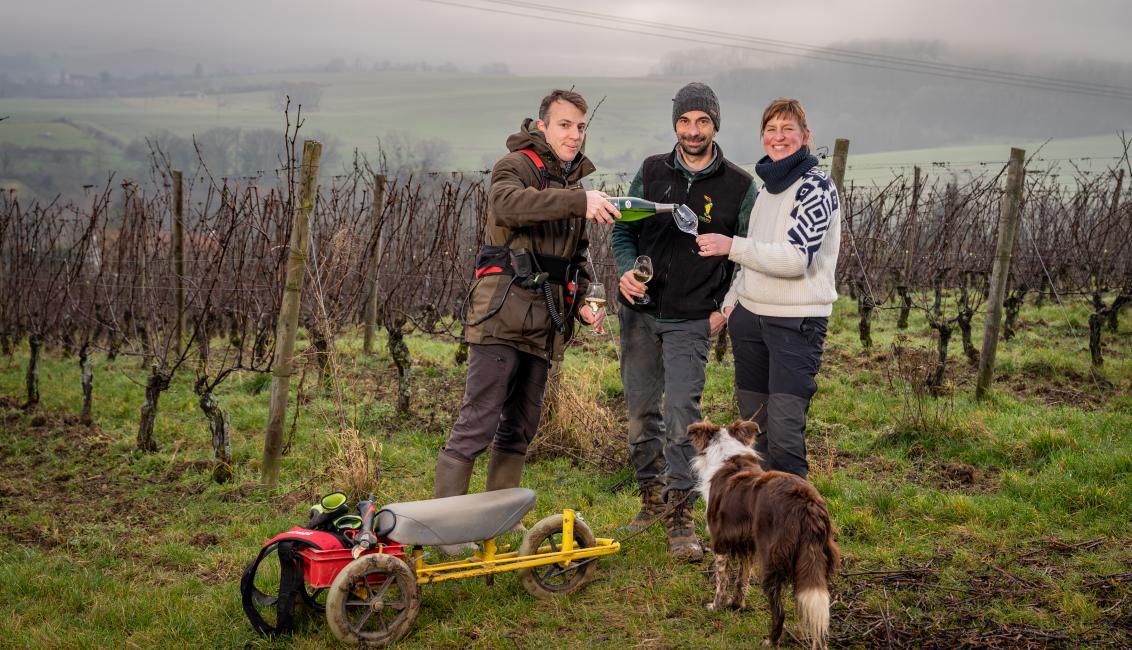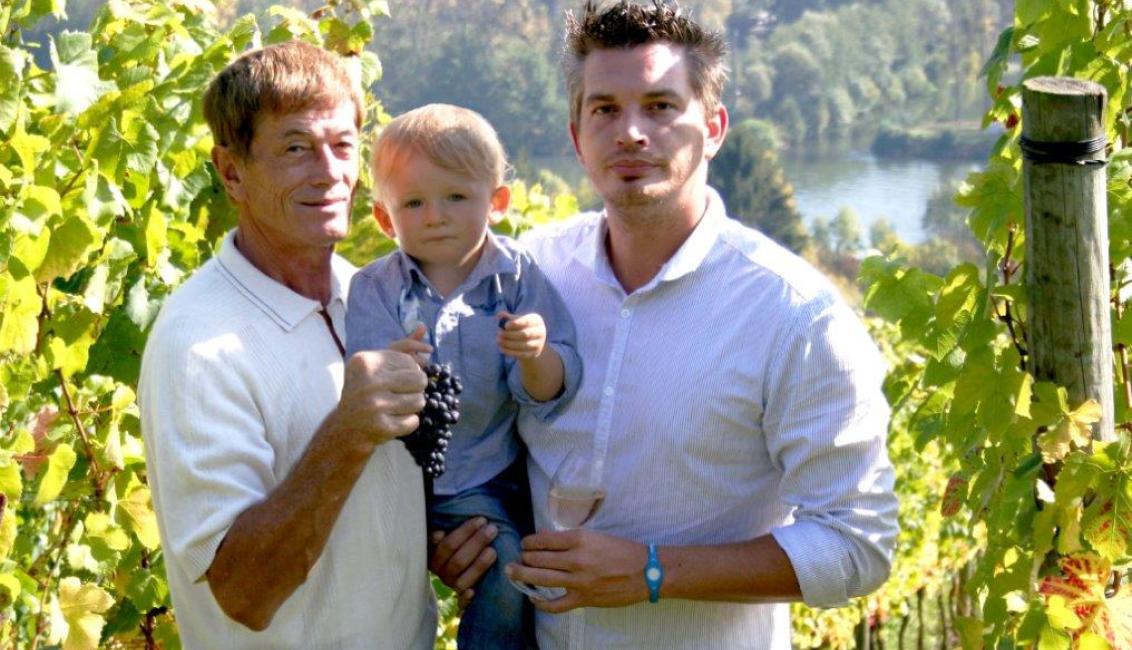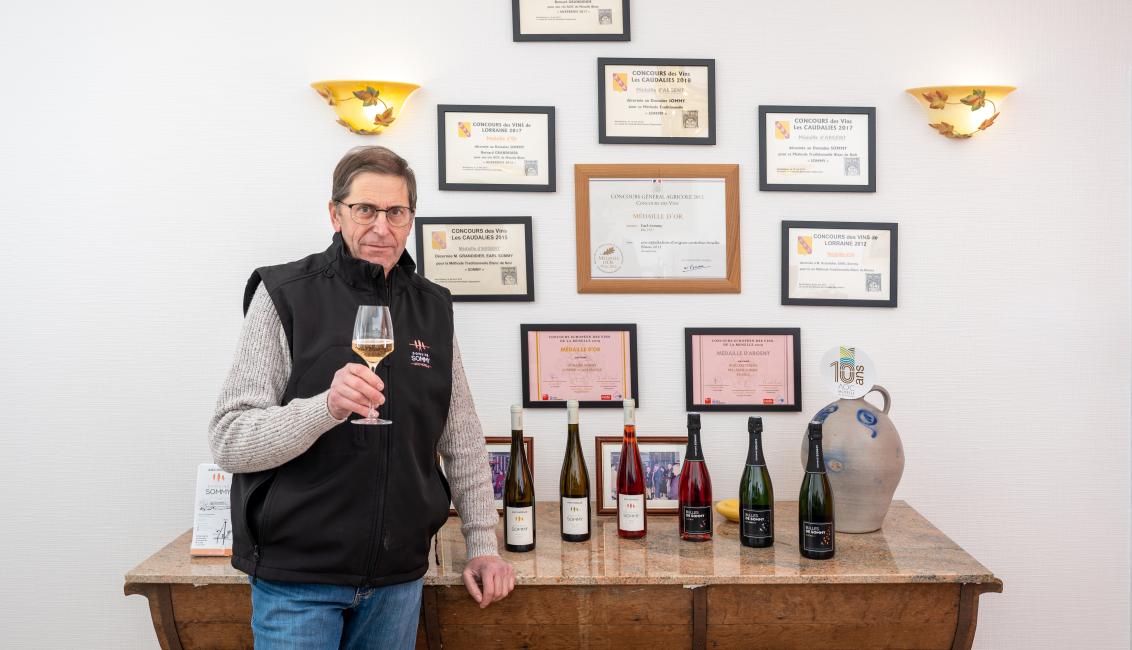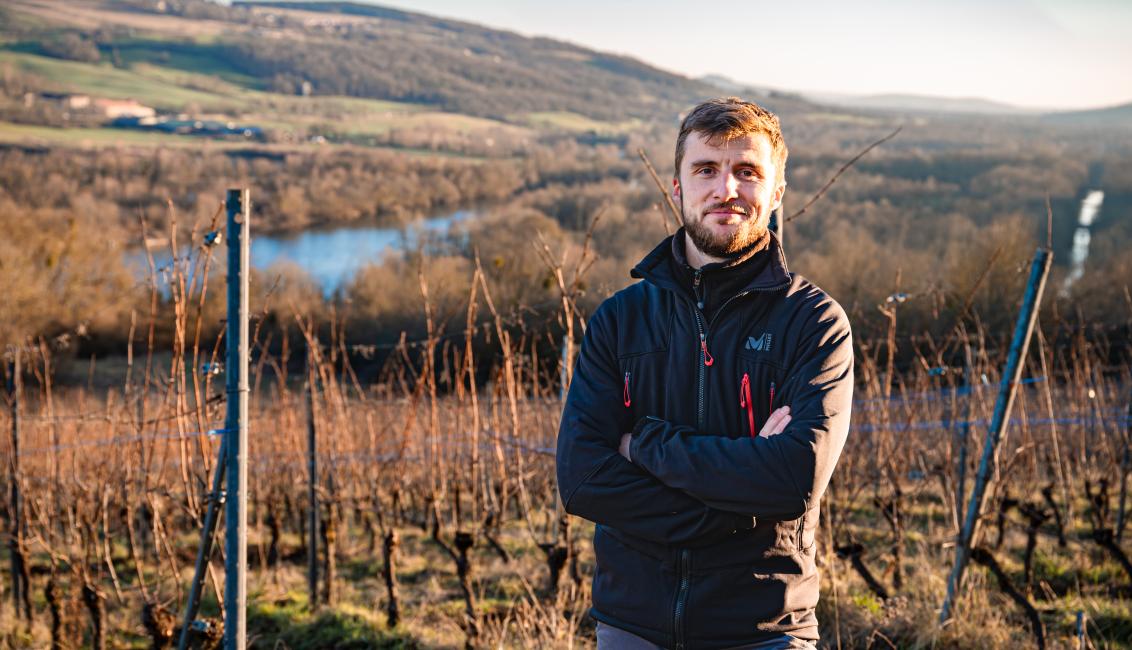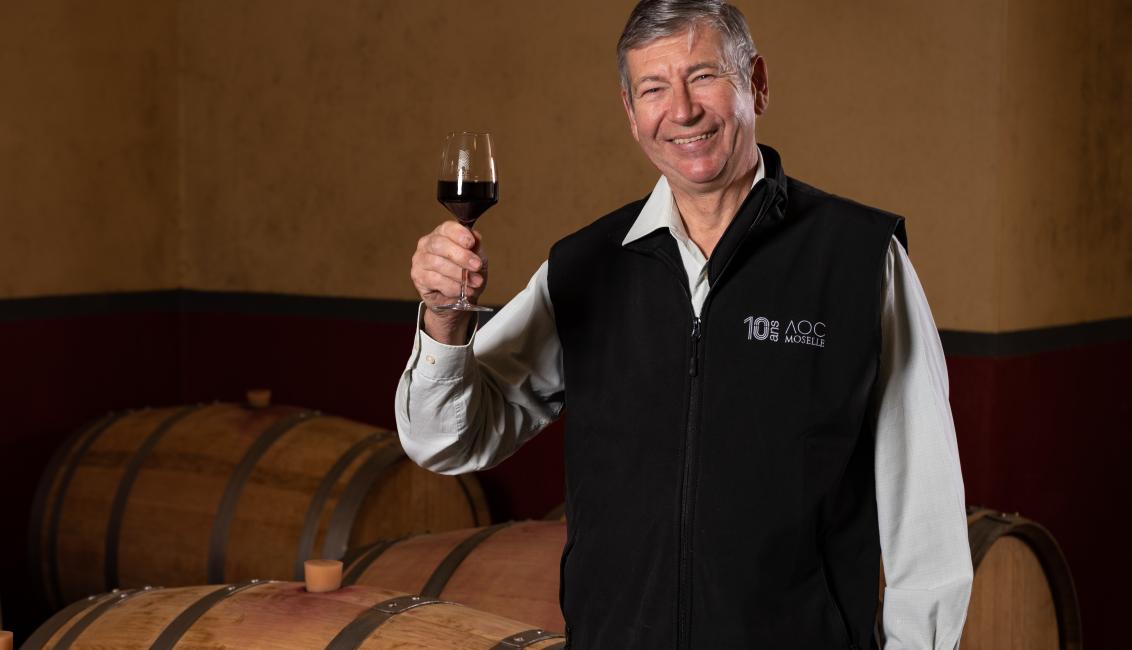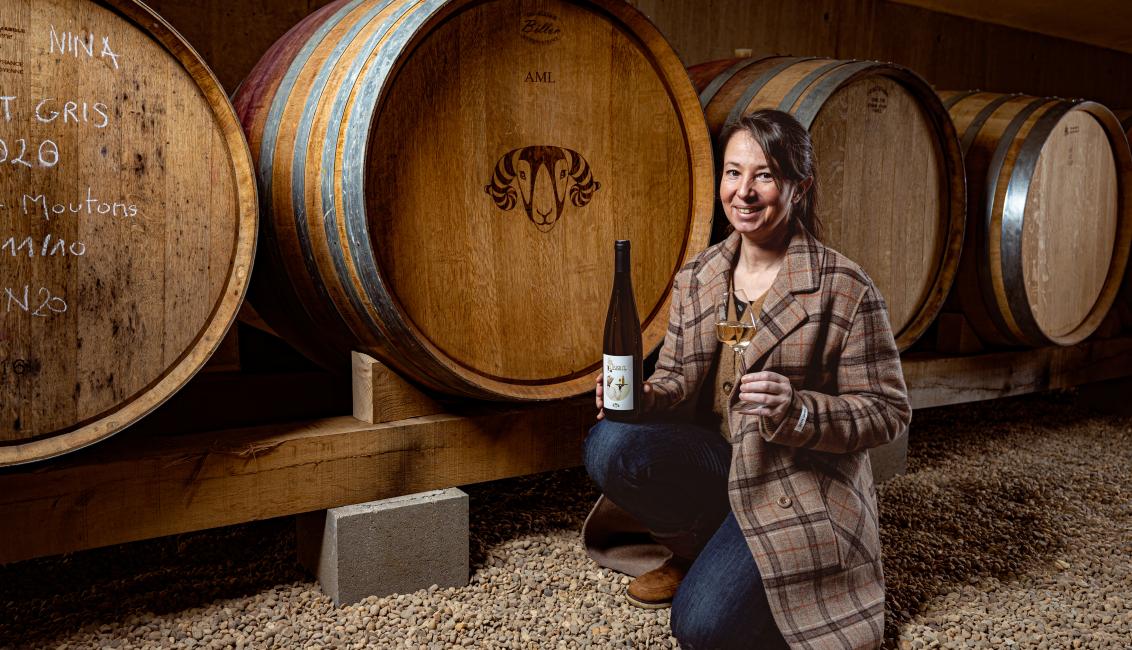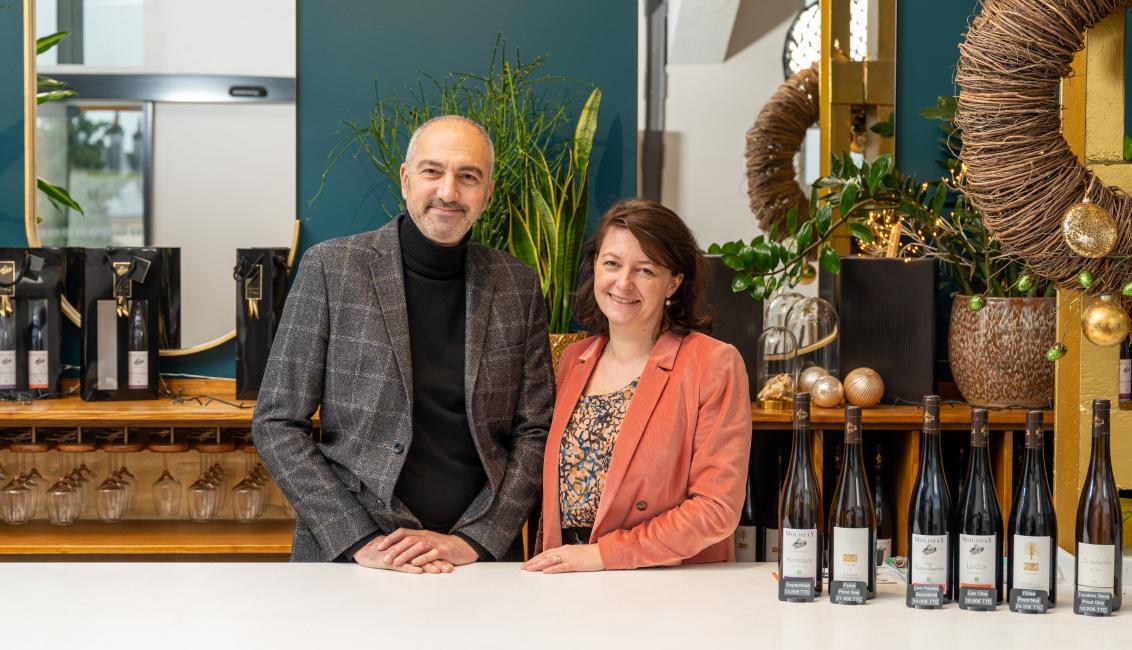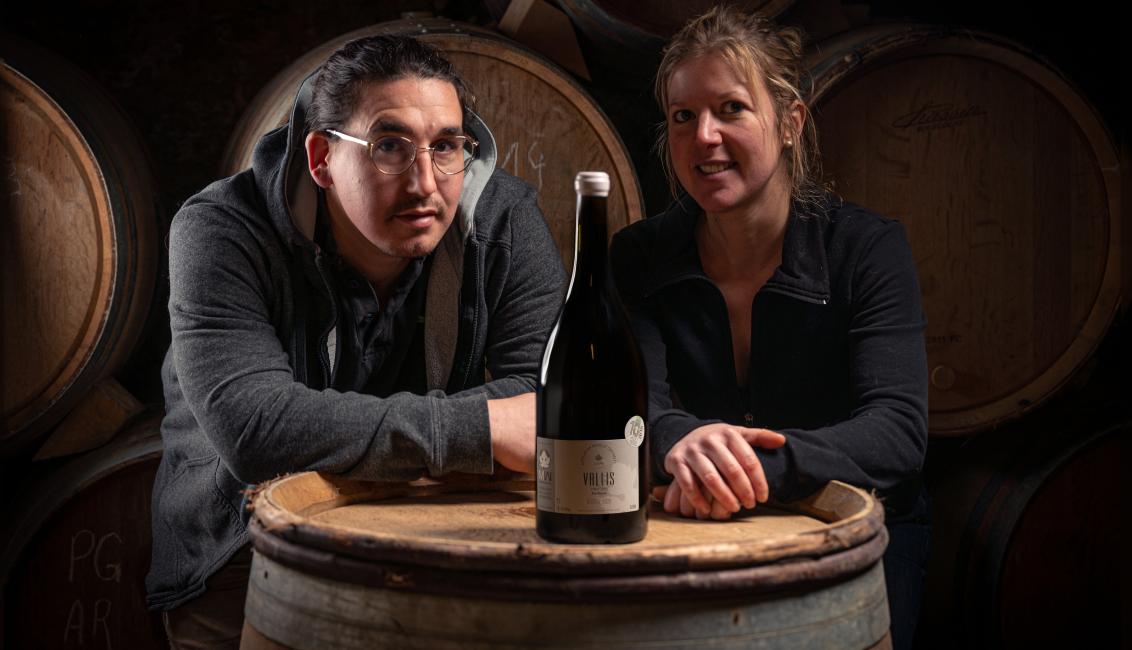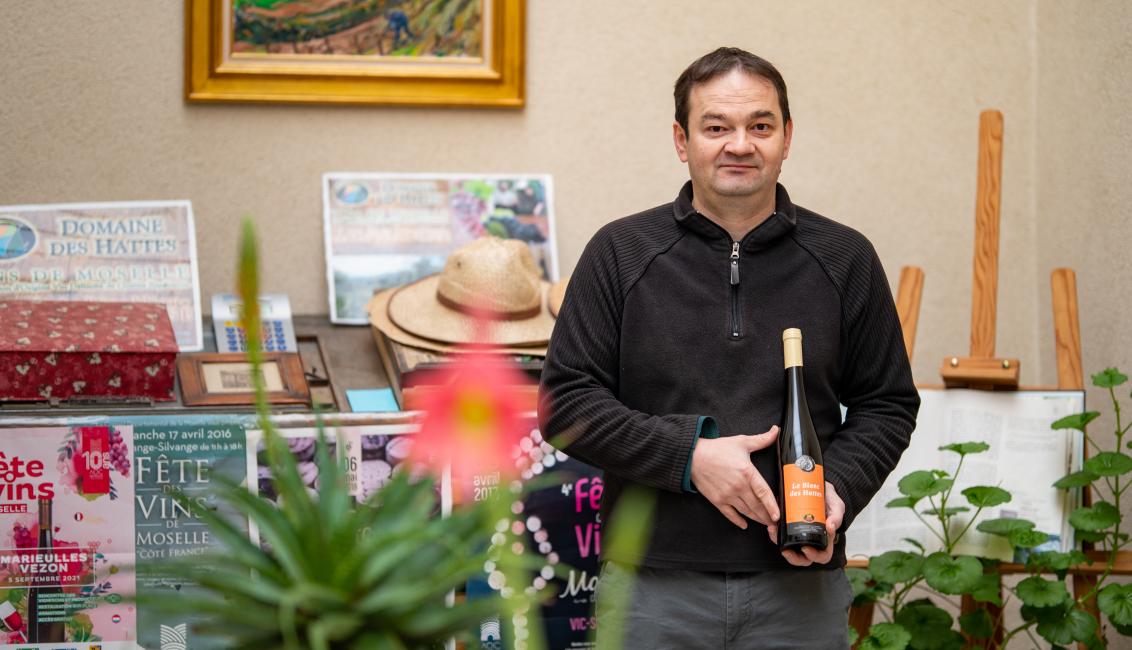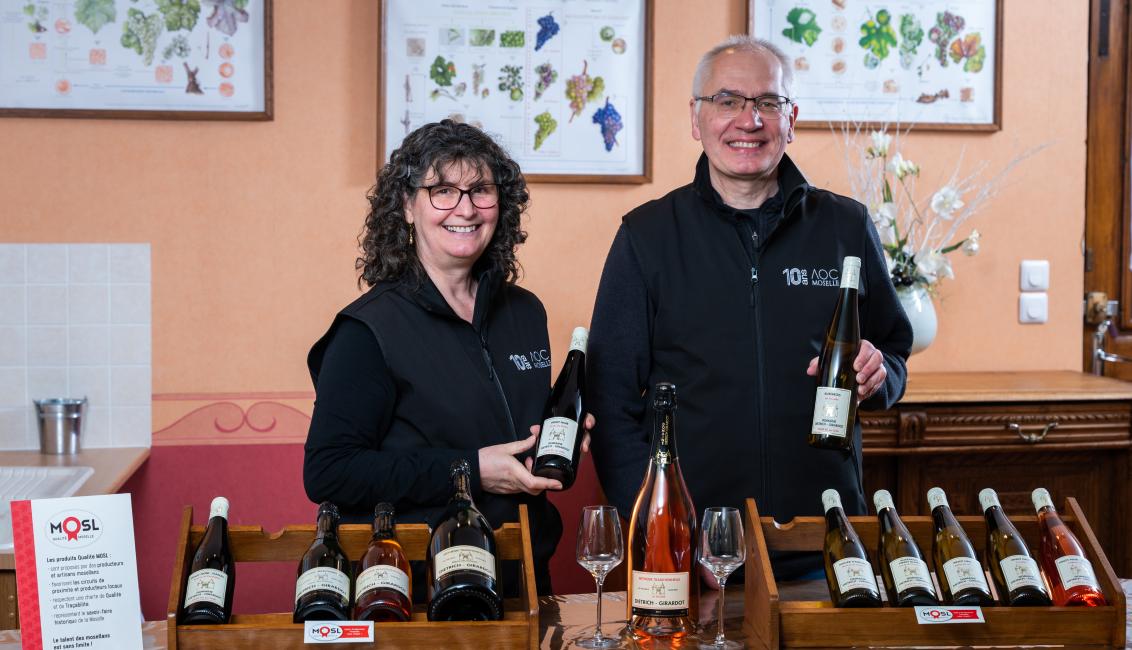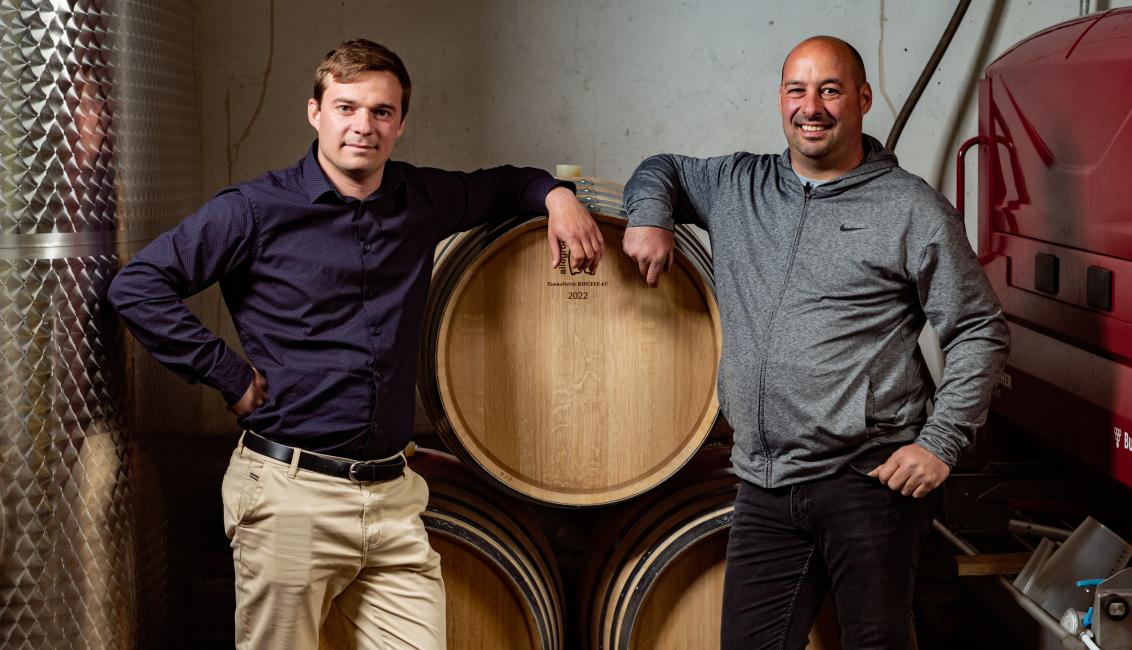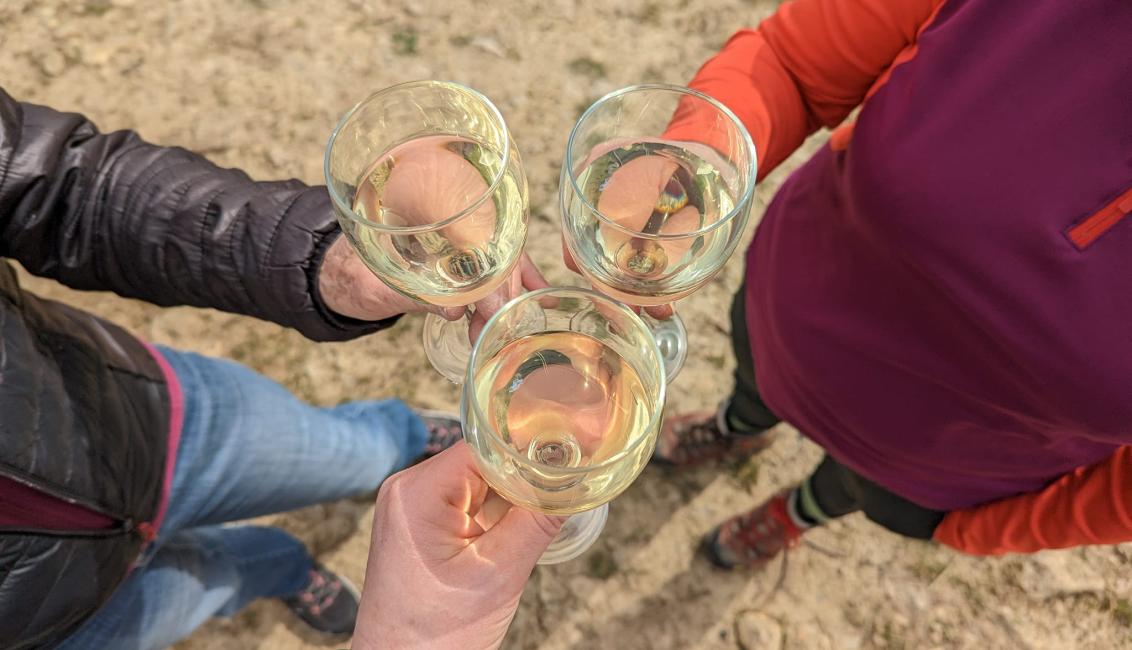Moselle Wine Route: explore Moselle differently
Launched in 2013, the Moselle Wine Route is set to become a major axis of Moselle tourism.
Between orchards, vineyards and heritage nuggets, it offers a complete and varied route through different regions. It's the ideal way to spend - at least - a weekend in Moselle.
Immerse yourself in its architectural treasures. Walk its paths. Tasting its wines. The Moselle wine route is the perfect excuse for an original tourist experience. A total of forty-six kilometres: the route has been referenced since 2013 through the Pays Messin, the Pays des Trois Frontières and the Saulnois sector.
There's no shortage of ideas. On a cycling loop around Metz, take the time to admire the remains of the Ars-sur-Moselle aqueduct, have lunch at an inn in Ancy-sur-Moselle, then sleep in a bed and breakfast before visiting an estate in Dornot the next day.
Or imagine a trip between Sierck-les-Bains, Contz-les-Bains and Haute-Kontz, taking in the châteaux overlooking the Moselle. There are so many combinations to choose from, making for a dense and unique tourist offering.
The various Moselle winegrowers welcome you to their estates along this route to help you discover their wines and their passion.
Discover the Moselle Wine Route
10 facts about AOC Moselle
- 19 winegrowers spread over three areas: Pays messin, Pays des Trois Frontières and the Vic-sur-Seille sector
- 78 hectares of planted vines (the AOC Moselle parcel area comprises 678 classified hectares)
- 18 communes in the geographical area approved by the INAO (Institut national de l'origine et de la qualité)
- 2,570 hectolitres of wine produced* (a total of 2,487 hectolitres including table wines and sparkling wines)
- 492,900 bottles of wine produced* (estimate including table wines and sparkling wines)
- 8 grape varieties
- 56% of estates are fully converted to organic farming (statistics as at 1 May 2021)
- 46 km of Moselle wine route (inaugurated in 2013, this route takes in the AOC estates of the 3 geographical sectors: Pays messin, Pays des 3 Frontières and Vic-sur-Seille)
- 75% of Moselle AOC wines are white wines
- 16,700 kilometres: distance to Sydney (Australia), where Château de Vaux's Moselle wines are sold. They are also sold in New York and Tokyo.
*Data based on the 2020 harvest (regional chamber of agriculture)

All the richness of a region and a terroir
The Moselle AOC vineyards cover 73 hectares. A relatively small area when you consider that the AOC Moselle parcel area covers 678 hectares.
Respectful of its environment, its soils (mainly clay-limestone) and patient, France's most northerly vineyard focuses above all on the quality of its wines.
Moselle wines: 8 grape varieties
Moselle vineyards
The Groupement Foncier Viticole ‘Les Vignobles Mosellans’ (GFV) came into being on 10 March 2022, the result of a long process of coordination between the winegrowers, with the unfailing support of the Moselle Department and its partners (Organisme de Défense et de Gestion de l'AOC Moselle, Chambre d'Agriculture and SAFER).
The need to develop Moselle's vineyards
In 1987, when the Syndicat des viticulteurs de Moselle was founded, the Moselle wine-growing area covered just 3 hectares.
Today, the Moselle AOC comprises 73 hectares divided between 16 winegrowers, who sell their entire annual production of almost 300,000 bottles each year.
To strengthen its reputation and ensure its long-term survival, the AOC Moselle vineyard needs to develop, and the creation of the winegrowing group will make it easier for AOC Moselle winegrowers to access land.
2 new winegrowers & investors in solidarity
The creation of the Groupement Foncier Viticole will initially make it possible to expand the AOC estate, with 5 hectares of land available for cultivation, and to help two new winegrowers set up in business::
- Romain L'Orphelin from Domaine L'Orphelin in Hombourg-Budange
- Xavier Briquet, from Domaine Les 3 bouteilles in Amnéville.
This group is a tool designed to support winegrowers in developing their activities and their business, thanks to the financial participation of investors.
In a way, it's a participative, collective and supportive project on a human scale to preserve and develop the local winegrowing heritage.
moselle wine, a european flavour
Cross-border wine tourism is also taking a big step forward. The Via Mosel' project, launched by the Terroirs Moselle European Economic Interest Grouping (EEIG), brings together the winegrowing forces along the Moselle river from Toul to Köblenz, via Luxembourg and, of course, the Moselle département.
The wineries and wine villages have been selected for the quality of their tourist facilities and their remarkable architecture. Today, sixty French, German and Luxembourg estates are listed.
The wine villages include the whole of the Pays Messin, the Pays des Trois Frontières and Vic-sur-Seille, as well as Domaines Les Béliers in Ancy-Dornot and Vignobles Molozay - Château de Vaux in Scy-Chazelles.
